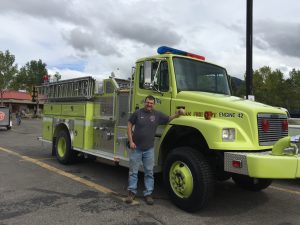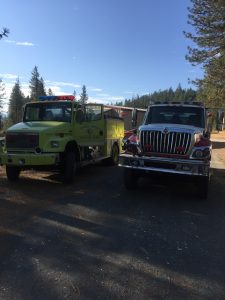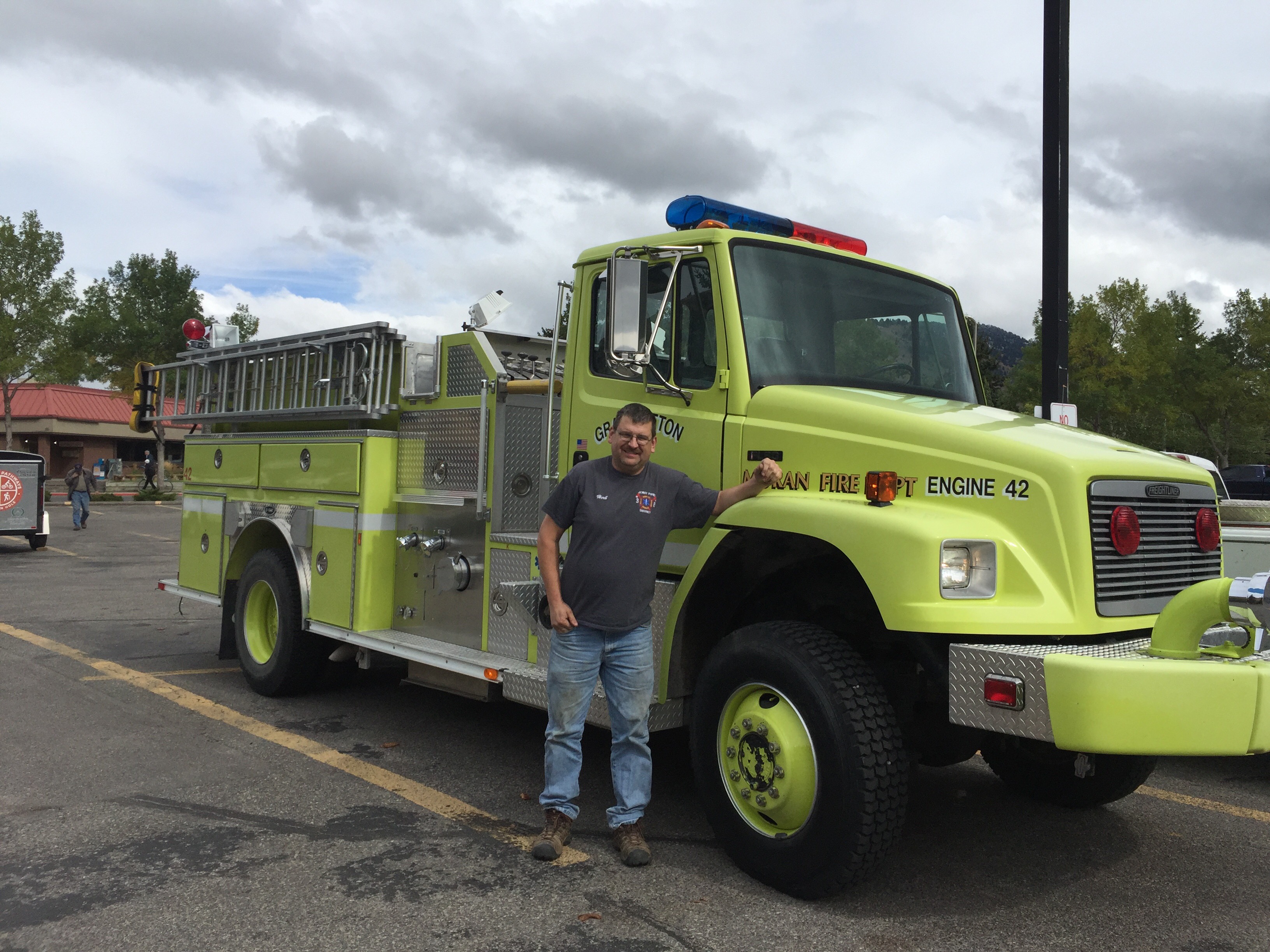The Fire Department doesn’t just put out fires anymore. Made up of firefighters, medical first responders, water rescue, and technical/extraction personnel, the fire department will very likely be the first people to respond to most any type of rescue emergency you call 911 for.
If you have a medical emergency, it will be the First Responders who come.
Joint Fire District 3 & 8 is made up of four levels of medical personnel, ranging from Certified First Aid all the way to Advanced Emergency Medical Technicians. For any emergency, you will get nothing less than Emergency Medical Responders to come to your aid, and generally Emergency Medical Technicians (EMTs) will respond if they are available in District. These responders are supported by Stevens County Sheriff Ambulance personnel who also respond, and they are also EMTs at a minimum.
When you have an emergency, you have a large and varied number of people who will respond and come to your aid!
To get help to you as quickly as possible, we need your help:
- Make sure your address is clearly displayed. If we have trouble finding you, we’re losing precious time.
- In the winter, make sure your driveway is plowed. We can’t help you if we can’t get to you.
If the situation is critical, you may need to be helicoptered to the hospital. In our rural setting, an ambulance can take an hour or more to get you to the ER. That on top of the time it takes to get to you in the first place! A helicopter can get you there much faster. When it comes to the heart, strokes, or even certain types of broken bones, every second counts!
Lifeflight is the air transportation used for the area. It is very expensive, there’s no getting around that, and some insurance policies do not cover it. Fortunately, you can sign up your entire family with Lifeflight for $60/year and that will make the air transport free. As a District, we don’t specifically endorse any type of company or insurance. We present this solely for your information. We’ve attached an application for LifeFlight for your convenience. It is up to you to decide whether or not you need it.
Remember, if you think you have an emergency, you have an emergency. Call 911. Don’t be brave and think you can tough it out. And don’t think you bother us. That is what we are there for. It is far better to call us and then call us off than to not call us and delay life-saving treatment.
Never be afraid to call 911. Never second guess yourself. 911 is there for you. Use it.
Life Flight application – You will need a PDF viewer to open it.




